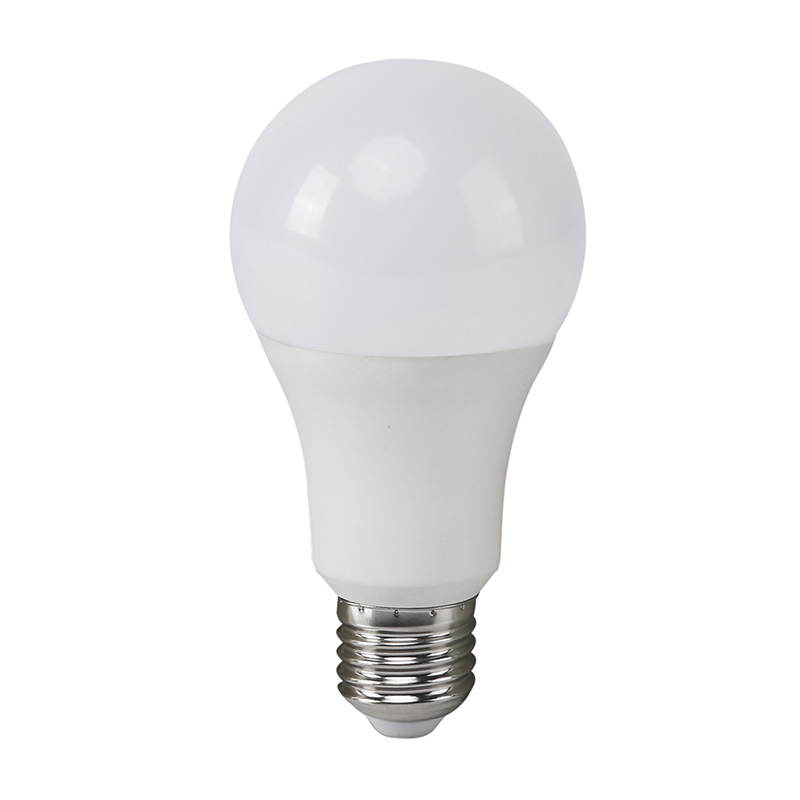LED Light Bulb Information & Tips
2023-12-11
1. Energy Efficiency and Cost Savings:
Lower Energy Consumption: LED bulbs consume significantly less energy compared to traditional incandescent or CFL bulbs, resulting in reduced electricity bills.
Long Lifespan: LED bulbs can last 25 times longer or more than incandescent bulbs, leading to fewer replacements and long-term cost savings.
2. Brightness and Color Temperature:
Lumens vs. Watts: Focus on lumens (brightness) rather than watts. Higher lumens indicate brighter light.
Color Temperature: Choose the color temperature (measured in Kelvin) based on the ambiance you want. Lower Kelvin offers warmer light, while higher Kelvin provides cooler, daylight-like illumination.

3. Dimmable vs. Non-Dimmable LEDs:
Dimmable Options: Some LED bulbs are compatible with dimmer switches. Ensure the bulb is labeled as "dimmable" if you plan to use it with dimmer switches.
4. Fitting and Size:
Bulb Fittings: Check the bulb fitting type (e.g., E26, GU10) to ensure compatibility with your fixtures.
Size and Shape: Consider the bulb's size and shape to fit properly into your existing fixtures and suit your aesthetic preferences.
5. Consider Brand Reputation and Quality:
Reliable Brands: Choose LED bulbs from reputable brands known for quality and reliability. Look for bulbs with good user reviews and warranties.
6. Environmental Impact:
Eco-Friendly: LED bulbs are environmentally friendly as they contain no mercury or hazardous materials and can be recycled.
7. Placement and Purpose:
Specific Applications: Consider the bulb's intended use – whether for general lighting, accent lighting, task lighting, or outdoor use – and select the appropriate brightness and color temperature.
8. Cost Consideration:
Initial Investment: LED bulbs may have a higher upfront cost than traditional bulbs, but they offer long-term savings due to their energy efficiency and longer lifespan.
9. Compatibility with Fixtures and Accessories:
Check Compatibility: Ensure the LED bulb is compatible with any fixtures, lamps, or lighting accessories you plan to use.
10. Experiment and Test:
Trial Purchase: Start with a single LED bulb to test its performance, color, and compatibility before purchasing in bulk for your entire home.
Adopting LED technology for your lighting needs can significantly enhance energy efficiency, reduce costs, and provide better quality lighting for your home or workspace. Consider these tips to make informed decisions and maximize the benefits of LED light bulbs.


